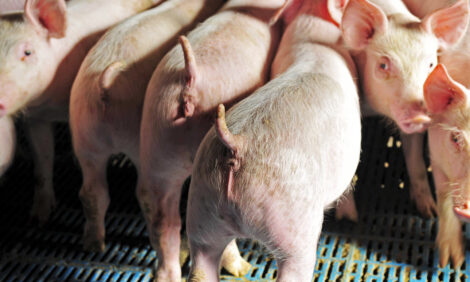



Central US drought intensifies
Grain, soy production threatenedThe worst US Midwest drought since 2012 expanded over the past week despite mild temperatures as a lack of rain across the heart of the American farm belt threatened newly seeded corn and soybean crops, Reuters reported, citing climatologists.
Below-average rainfall and high winds also exacerbated drought conditions in much of the High Plains region from top spring wheat producer North Dakota to the largest winter wheat state Kansas, the US Drought Monitor report showed.
Concerns about the dry start to the US summer crop season and potential harvest shortfalls have sent corn and soybean prices soaring to multi-month highs, although both crops can still rebound with timely rains.
"Much of the (Midwest) region did not see appreciable rainfall. As a result, short-term dryness continued to worsen, leading to widespread deterioration," climatologists said in the weekly report.
As of June 20, 58% of the Midwest was in moderate drought or worse, the broadest area since 2012, the Drought Monitor data showed.
US corn yields fell to the lowest in 17 years in 2012, according to the US Department of Agriculture (USDA), sending benchmark Chicago Board of Trade corn futures to record highs above $8 a bushel. Soybean futures also posted record highs in 2012.
The USDA said 64% of corn production area and 57% of soy area was affected by drought this week, up from 57% of corn and 51% of soybeans in the prior week.
The drought intensified over the past week in Iowa, with 83% of the top corn-producing state and No. 2 soybean producer in moderate drought or worse. In Illinois, the largest soy grower and second-largest corn producer, moderate drought or worse spanned 82% of the state.
Conditions worsened across the eastern half of the High Plains, with 34% of the region in moderate drought or worse. The most severe drought remained in central Kansas and eastern Nebraska.
Record heat is forecast for parts of the Southern Plains over the next week, while rains are likely in the central and northern Plains and upper Midwest, according to the Weather Prediction Center.









